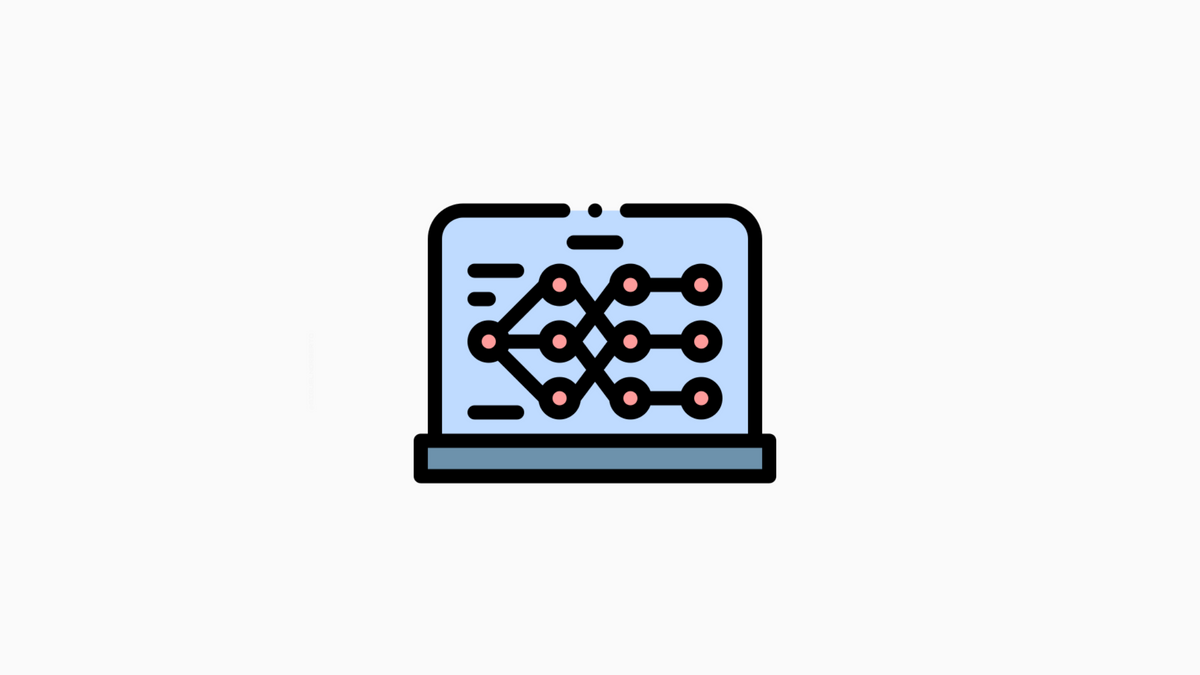What are Neural Networks?

Neural networks are a type of machine learning algorithm that can be used to predict future events or make decisions.
Neural networks are a type of machine learning algorithm that is used to model complex patterns in data. Neural networks are composed of many interconnected processing nodes or neurons that can learn to recognize input data patterns. For example, neural networks can identify patterns in images, text, and other data types.
What are the components of a neural network?
A neural network is a computing system of many interconnected processing nodes modeled after the brain. Each node is connected to several others, forming a web of nodes. Data travels through the network, passing through the nodes and being processed as it goes.
The nodes in a neural network are organized into layers. The first layer is called the input layer, and it accepts input data from the outside world. The second layer is called the hidden layer, and it contains the processing nodes that perform the actual calculations. Finally, the third layer is called the output layer, and it produces the results of those calculations.
For a neural network to learn, it must be trained with data. First, the input data is fed into the network, and the output values are compared to the desired values. Then, the network adjusts its settings to match the expected values more closely so that its output values are more closely.
How do neural networks work?
Neural networks are computational models inspired by the brain and nervous system. They are composed of a large number of interconnected processing nodes, or neurons, that can learn to recognize patterns of input data. When a neural network is “trained” with a set of input data, its nodes will gradually “learn” to associate specific patterns with particular outputs.
Neural networks can be used for various tasks, such as image recognition, natural language processing, and machine learning. They are particularly good at recognizing patterns too complex for traditional algorithms to identify.
What are some applications of neural networks?
Neural networks have a wide range of potential applications, from medical diagnostics to predicting stock prices. For example, neural networks can diagnose diseases in the medical field by analyzing images of patients’ brains or other organs.
They can also predict the likelihood of a patient developing a disease in the future.
Neural networks are also being used to create “smart” prosthetic limbs to learn how to perform complex tasks. In the financial world, neural networks are being used to predict stock prices and detect fraudulent activity. They can also be used to create models of financial markets.
Pros and cons of using neural networks
Neural networks are a type of machine learning algorithm that is used to model complex patterns in data. Neural networks have many adjustable parameters or weights tuned to optimize performance on a particular task.
There are a number of advantages to using neural networks. Neural networks can quickly recognize patterns, and they can model complex patterns that are difficult to represent with other types of machine learning algorithms.
Additionally, neural networks can generalize well, meaning that they can apply what they have learned in one situation to other situations with similar characteristics.
However, there are also some drawbacks to using neural networks. Neural networks require a large amount of training data to learn properly, and they can be prone to over fitting if the training data is not representative of the real world.
Final Thought
Neural Networks are a powerful tool with many potential applications. They are still in development, but they show great promise for the future.
We can expect to see more breakthroughs in the coming years as researchers continue to explore the possibilities of this technology.